
Understanding State of Practice Management Systems in Canadian Optometry
In a recent independent survey of 167 Eye Care Professionals (ECPs) across Canada, Eye Care Business Canada asked users of the leading Practice Management Systems (PMS) to rate their awareness of and experience with the leading Canadian PMS brands.
The online study was conducted in February 2025 targeting optometric practice owners, managers, and system users in an optometric practice setting. Respondents were proportionally represented across all regions of Canada, ensuring a broad national perspective. The survey was conducted in English only.
Independent optometric practices represented 87% of all respondents, of which 4% operated in more than five locations.
Among many usage and attitude questions, the survey also measured Net Promoter Score (NPS), a widely used marketing research method to measure client satisfaction with a product or service based on the simple question: “How likely are you to recommend this service to a friend or colleague?”
A positive NPS (above 0) suggests that a system has more loyal advocates than detractors, while a negative NPS (below 0) indicates that dissatisfaction outweighs enthusiasm.
The results were striking: the aggregate NPS for all systems combined was negative 14, signaling widespread dissatisfaction with the software solutions designed to support eye care practices.
The study also explored the key factors influencing PMS selection, providing deeper insight into what optometric professionals value in their software solutions.
A Troubling Industry Trend
Of the ten Practice Management Systems reviewed, only two had a positive NPS—meaning a majority of their users were satisfied and were more likely to recommend them. The remaining had negative scores, contributing to the overall industry-wide negative 14 NPS.
This finding suggests that most ECPs have some level of dissatisfaction with their PMS software. Given that these systems are integral to managing scheduling, billing, inventory, and patient records, the apparent frustration signals significant gaps in user experience, functionality, or support.
Implications for ECPs
The negative Net Promoter Scores might partly stem from user frustration with learning curves or resistance to switching systems, rather than the actual quality of the software.
Nevertheless, for Optometric Professionals, these results highlight the ongoing struggle to find a reliable, efficient Practice Management System. If the majority of available PMS solutions are receiving negative feedback, it means many practices are either settling for suboptimal systems or constantly searching for better alternatives.
What can ECPs do?
- Advocate for change: Provide feedback directly to your PMS providers. The more users voice their concerns, the more likely companies are to implement change.
- Leverage training resources: Some dissatisfaction may stem from underutilization. Ensuring staff are well-trained on system features can improve efficiency.
- Evaluate alternatives carefully: If your current PMS is hindering practice workflow, assess other options that might better suit your practice’s needs.
- Engage with peers: Networking with other ECPs can help identify which systems are performing better in real-world settings.
What This Means for PMS Providers?
For developers, managers, and owners of PMS platforms, these results should be a wake-up call. A negative NPS suggests that many users feel their systems fall short of meeting expectations. To improve satisfaction and customer loyalty, PMS providers should focus on:
- User Experience & Interface Improvements: Many PMS platforms may feel outdated, clunky, or difficult to navigate. Investing in modern, intuitive user interfaces can significantly enhance satisfaction.
- Customization & Flexibility: Practices vary in their needs, and rigid, one-size-fits-all solutions can frustrate users. Providing more customization options can help users tailor the system to their specific workflows.
- Integration & Compatibility: ECPs often rely on multiple software tools. Seamless integration with electronic medical records (EMR), insurance providers, diagnostic equipment, and patient communication tools is critical.
- Customer Support & Training: Even the best systems can be frustrating if users don’t receive adequate training or timely support. Improving customer service, offering live training, and enhancing self-help resources can help reduce frustration.
- Performance & Reliability: System crashes, slow response times, and glitches lead to lost time and productivity. Providers should invest in system stability, faster load times, and mobile-friendly features to enhance efficiency.
- Listening to Users: Gathering continuous feedback from users and addressing their concerns can help PMS providers proactively resolve pain points and develop solutions that truly support ECPs.
The Future of PMS in Eye Care
The overall NPS for Practice Management Systems in Canada signals an industry-wide opportunity for improvement. ECPs need systems that streamline their practice management, not create additional frustration.
PMS providers who take proactive steps to address usability, integration, and customer support could position themselves ahead of the competition —and perhaps even achieve a positive NPS in the future.
As technology continues to evolve, so too should the tools that support modern eye care practices. The question is: which PMS providers will listen and rise to the challenge?
This survey was funded by an unrestricted marketing research grant by OCUCO Canada.
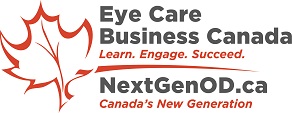


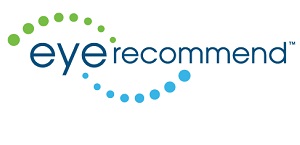


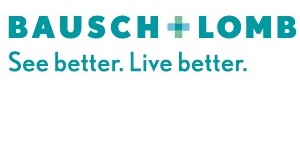
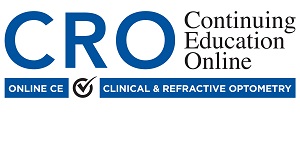

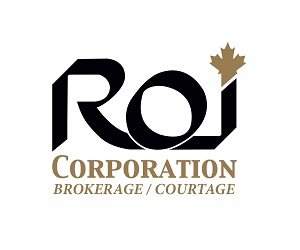

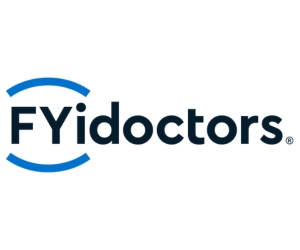
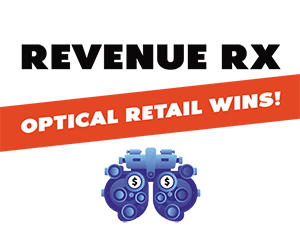

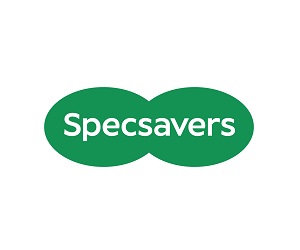
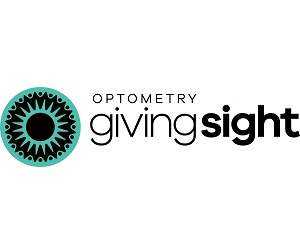
Which two systems had a positve NPS??
This survey was commercially sponsored and therefore the information is confidential.
Eye Care Business Canada will he presenting a series of COPE accredited CE courses in April and May. Please stay tuned for further information.